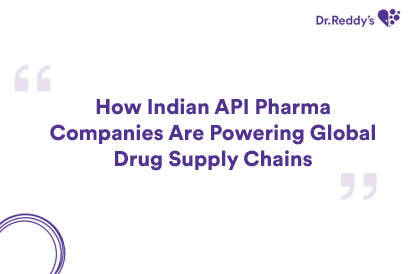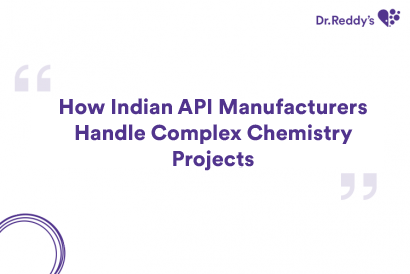Meeting the New Regulatory Requirements and Controlling of Nitrosamine Impurities in Sartan API Production
The discovery of nitrosamines in some types of drug products led food and drug administration (FDA) and other international regulators to conduct a detailed analysis of these impurities in affected APIs and drug products. Based on the Agency’s current understanding, this guidance discusses potential root causes of nitrosamine formation and advises API and drug product manufacturers that they should:
- Conduct risk assessments of their approved or marketed products and products with pending applications.
- Take appropriate actions to reduce or prevent the presence of nitrosamines in APIs and drug products.
Although nitrosamine impurities have been found in only some drug products, and batches of those products have been recalled when there were unacceptable levels of these impurities, nitrosamine impurities might exist in other APIs and drug products due to use of vulnerable processes and materials that may produce nitrosamine impurities. Therefore, the recommendations made in this guidance apply to all chemically synthesized APIs. They also apply to drug products containing chemically synthesized APIs and to drug products at risk due to other factors described in this guidance (see sections II.B and C), and not just to the drug products that have been identified in FDA announcements.
In 2018 several Angiotensin II Receptor Blockers (ARBs) – also called sartans – from different manufactures were found to be contaminated with a carcinogenic impurity, which were caused by the manufacturing process and were not detected by routine testing. Manufacturer of APIs are now required to review their manufacturing processes and prove they do not produce nitrosamine impurities.
Nitrosodialkylamines can be formed due to reaction of nitrosonium ion surrogates and alkylamines. The source of nitrosonium ions can be considered nitrates or nitrites used anywhere in the synthetic landscape. Dialkyl amines are found to be present in trialkylamines and dimethylformamide (DMF) (e.g., dimethylamine).
Dr. Reddys Approach in Controlling Nitrosamine Impurities
- Comprehensive assessment of synthetic routes and all toxicological attributes.
- Development of robust advanced analytical techniques to detect potential nitrosodialkylamine impurities in all sartans manufactured by Dr. Reddy’s which are complimented and verified by orthogonal analytical techniques.
- Developed robust and sensitive (Limit of Detection = 0.005 ppm) LC-MS/MS analytical methods for all nitrosodialkylamine impurities for all the sartans.
Nitrosodialkylamine-free manufacturing processes complemented by proven analytical methods
- Dr. Reddy’s manufacturing process “by design” avoids the formation of genotoxic impurities in sartans.
- We have developed and validated sensitive robust combined LC-MS/MS method for potential nitrosodialkylamine impurities quantification with a detection limit of 0.005 ppm.
- We analysed several batches of each sartan and ensured that nitrosodialkylamine impurities are ND (Not detected). A diligent control strategy for release of batches to market is in place.
- Limit of detection (LOD) and limit of quantification (LOQ) have been established as shown in table 2 which are already compliant with the stringent limits set by regulatory authorities post transitional period of 2 years.
- Dr. Reddy’s sartans impurity evaluation reports are reviewed and accepted by several regulatory authorities including US, Europe, Japan, and Brazil.
Regulatory Expertise
Dr. Reddy’s has the capabilities and capacities to manufacture and deliver sartan APIs in accordance with global regulations. Our team of experts developed processes and the analytical methods to avoid the presence of nitrosamine impurities, which are already suitable to confirm future requirements of the European medicines agency (EMA) (N-Nitrosodimethylamine (NDMA) and N-Nitrosodiethylamine (NDEA) limits of <0.03 ppm).
Want to know more about our Nitrosamines assessment studies? then please write to us at api@drreddys.com
- Call us:
 +91 40 49002253
+91 40 49002253
Contact Us
次のフォームに記入してください。すぐにご連絡いたします.





